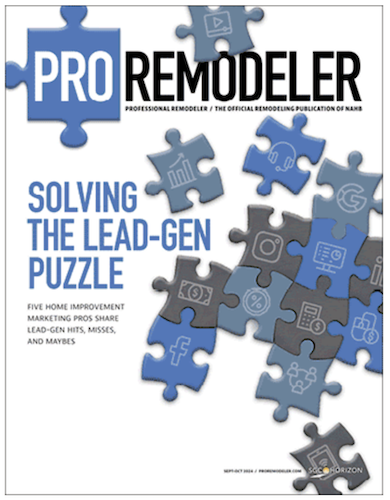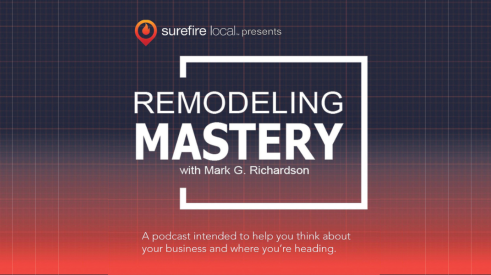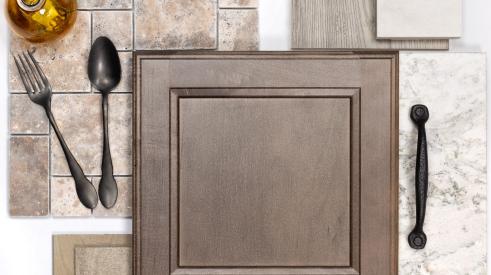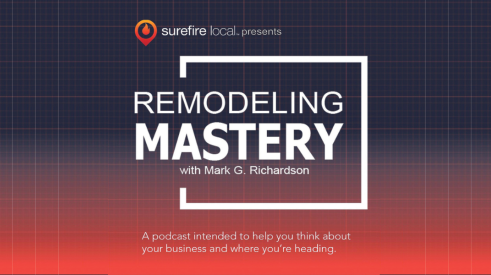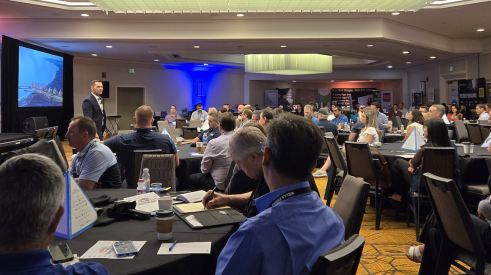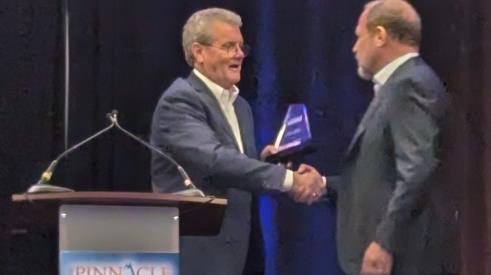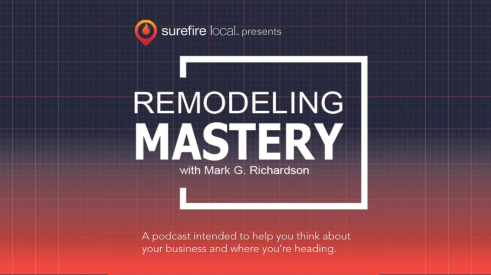Jud Motsenbocker, CGR, has been teaching remodelers how to understand profit-and-loss statements for years. It never fails, he says, to have an attendee call him later and ask to have it explained again. It’s that important. In fact, the income statement, or P&L, is probably the most critical piece of management information a remodeler needs to run a successful business.
"You should review [the P&L] regularly so you actually know what it’s costing you to run the business," Motsenbocker says. Knowledge of the cost of sales, coupled with knowledge of overhead, enables remodelers to price projects that will then produce the income they require.
"You must know your operating expenses to know whether or not you made money," Motsenbocker says.
"For example, if your P&L reflects overhead at 25 percent and the job costing shows 26 percent or less, you didn’t make any money."
Cost of sales and operating expenses are deducted from a company’s sales volume to produce operating income, or net profit. Once a remodeler determines how much that number should be, he should consult with his accountant to build the budget, which is based on the income statement.
"Cost of sales expenses are anything that you can attribute directly to a job," Motsenbocker says.
"Operating expenses are items that do not directly go to a job."
Motsenbocker says operating expenses should be reviewed at least quarterly, monthly at best. “Keep track of the budget compared to actual expenses in order to know whether or not to adjust the markup in order to make your profit,” he says.
"Cost of sales has to be dealt with over time. It’s not something you can adjust every month. You don’t necessarily have to react to every red flag, but you should be aware of what’s going on"
| INCOME | |||
| Sales | $500,000 | 100% | |
| COST OF SALES | |||
| Purchases, materials | $118,000 | 23.60% | "These have to correspond with the job estimate. Once the job's completed, you compare the job costs with actuals to make sure your estimates are in line with your profit & loss statement percentages." |
| Purchases, rental | $1,500 | 0.30% | |
| Purchases, subcontractors | $64,000 | 12.80% | |
| Carpenters salaries | 24.10% | "We keep track of equipment rented because if we're paying more in rent than the equipment costs, we ought to buy it. When I purchase this piece of equipment, I continue charging it to the job." | |
| Carpenter payroll taxes | $10,000 | 2.00% | |
| Carpenter insurance | $8,000 | 1.60% | |
| Construction supplies | $3,000 | 0.60% | |
| Total cost of sales | $325,000 | 65.00% | "This is your overhead. You have to know fixed expenses in order to be able to mark up. The expense side has to be added to the estimate to cover your expenses in the job." |
| GROSS PROFIT | $175,000 | 35.00% | |
| OPERATING EXPENSE | |||
| Owner's salary | $20,000 | 4.00% | "The owner should be paid as an operating expense. If you don't do it that way, you don't have a proper overhead expense. If (your overhead) covers the owner's salary, at least you made money. If you're risking your neck (in busines) and not getting paid, walk away from it." |
| Owner's salary | $20,000 | 4.00% | |
| Sales & estimating compensation | $17,000 | 3.40% | |
| Production manager's wages | $5,000 | 1.00% | |
| Office salaries | $19,450 | 3.89% | |
| Gas & oil expense | $4,000 | 0.80% | |
| Repairs to auto eqt. | $4,500 | 0.90% | "We pay a lot of attention to this. If we're spending more to repair, should we place?" |
| Repairs to other eqt. | $4,500 | 0.90% | |
| Office & warehouse rental | $11,500 | 2.30% | |
| Advertising expense | $2,500 | 0.50% | |
| Office supplies & expense | $3,500 | 0.70% | |
| Postage | $500 | 0.10% | |
| Telephone expense | $2,000 | 0.40% | |
| Utilities | $1,500 | 0.30% | |
| Depreciation expense | $10,151 | 2.03% | |
| Insurance expense | $3,500 | 0.70% | "There are some items that are not monthly expense, (and don't require monthly review). Insurance may be paid twice a year." |
| Payroll taxes | $4,000 | 0.80% | |
| Property taxes expense | $500 | 0.10% | |
| Travel, meetings expense | $6,500 | 1.30% | |
| Dues, subscriptions | $500 | 0.10% | |
| Contributions | $150 | 0.03% | |
| Legal & accounting fees | $250 | 0.05% | "After all of the operating expenses are accounted for, including owner's salary, there should be an operating income on the bottom line. Your accountant would advise you as to the best way to disperse this money." |
| Interest expense | $3,500 | 0.70% | |
| Total Operating Expense | $125,500 | 25.00% | |
| OPERATING INCOME | $50,000 | 10.00% |
Add new comment
Related Stories
About Face
Why one home improvement leader switched his company’s approach from traditional media to face-to-face marketing
10 Ways To Counsel Your Clients
Mark Richardson says remodelers need to be more than just remodelers to their clients
3 Areas Successful Remodelers Focus On
Industry advisor Mark Richardson shares what separates the losing from the winning in today’s market
Wellborn Cabinet - Peppermill Finish
10 Different Questions You Should Ask Potential Clients
Mark Richardson says you need to rethink the questions you ask potential clients and the way in which you ask them
Pro Remodeler’s 2024 Pinnacle Experience Reaches New Heights
The sold-out event covered leadership, lead gen, sales, and technology
Brian Gottlieb Receives Remodeling Mastery Award
Presented by industry icon, Mark Richardson, the award celebrated Gottlieb’s extraordinary impact on remodeling
5 Counterintuitive Strategies to Improve Your Business
Follow these strategies to inspire employees, instill trust, and beat the competition
10 Remodeling Sales Techniques for 2024
Mark Richardson explains the benefits of visual selling, strategic questioning, intentional messaging, and more on this episode of Remodeling Mastery
